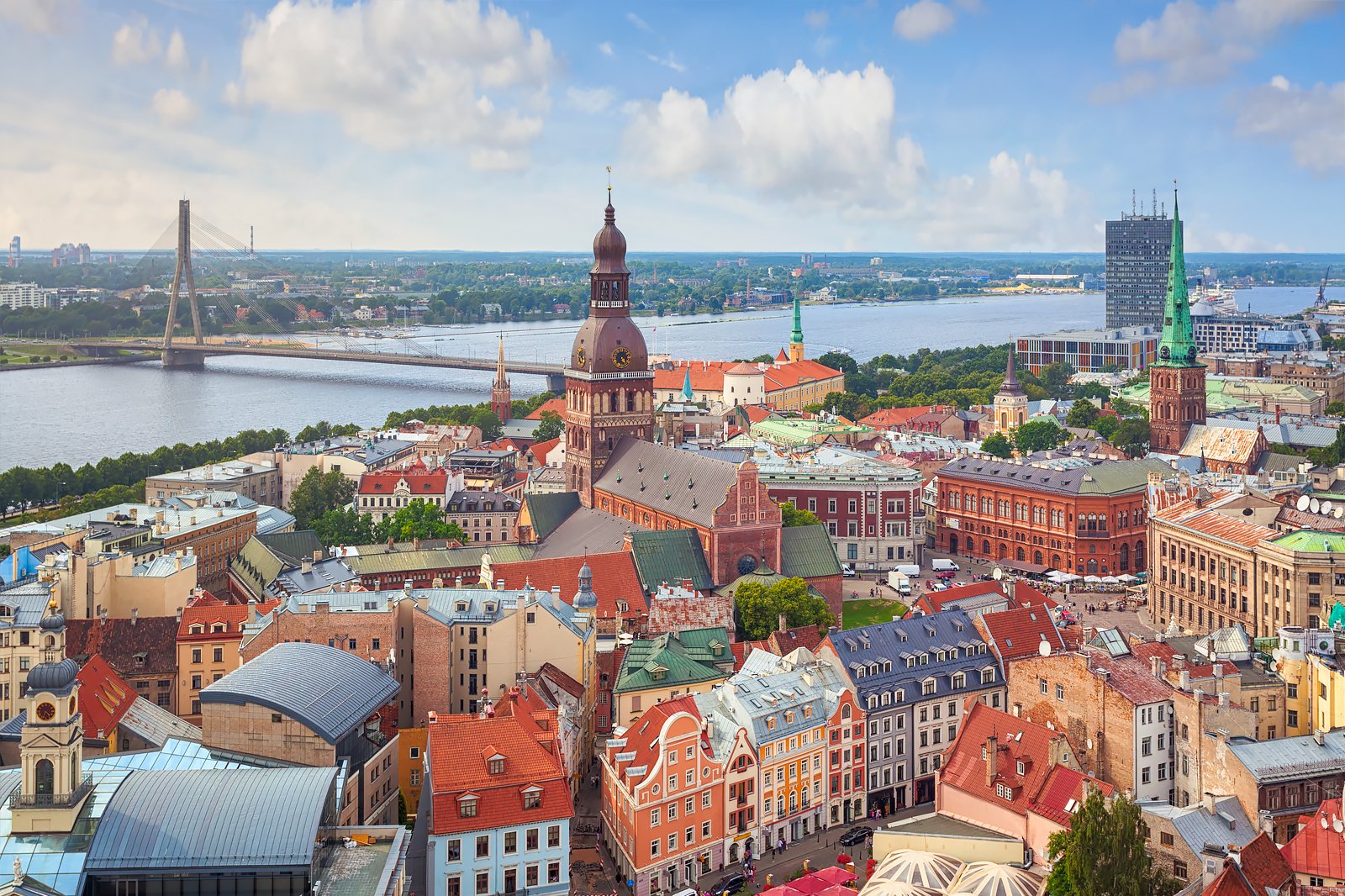Entrance fees, visitor zones and taxes: how Europe’s biggest cities are tackling overtourism
From Seville to Venice to Amsterdam, Europe is learning to improve locals’ lives by curbing tourists’ enthusiasm
Originally built for the grand Ibero-American Exposition of 1929, Seville’s flamboyant neo-Moorish Plaza de España has for nearly a century been one of the city’s major attractions, an ornate showcase for Spanish architecture and decorative tiling.
But the several thousand visitors from around the world who throng the plaza every day, on foot or in horse-drawn carriages, may soon have to pay for the privilege, with proceeds from a planned entry fee going towards its upkeep.
“We are planning to close the Plaza de España and charge tourists to finance its conservation and ensure its safety,” Seville’s mayor, José Luis Sanz, announced on X last week, posting a video showing missing tiles and damaged facades.
Sanz made clear local residents and visitors from Andalucía province would not have to cough up to visit the plaza, which served as a backdrop in a Star Wars film, and is used regularly for concerts, fashion shows and theatrical performances.
Many residents objected to the scheme nonetheless – but their criticism was mostly that it would be complicated to administer and not very effective. Far better, many locals said, would be a hefty tourism tax on all visitors to Seville.
“Mass tourism,” said one, “is destroying our city.”
It’s a refrain heard in historic cities across Europe, from Prague to Barcelona, Athens to Amsterdam. Mass tourism, promoted by cash-hungry councils since the 2008 crash and fuelled by cheap flights and online room rentals, has become a monster.
After plummeting during Covid, tourism numbers are soaring again and set to exceed pre-pandemic levels this summer. The number of low-cost airline seats in Europe, which rose 10% annually from 2010 and hit 500m in 2019, could pass 800m in 2024.
Before lockdown, Airbnb, the biggest but far from only platform for short lets, saw triple-digit growth in some European cities. The net result is that the most popular city break destinations now annually host 20 or more visitors for each local.
What to do about it, though, is no easy question. Delicate balances need to be struck between the much-needed revenues and jobs generated by tourism, and the quality of life of residents; between managing tourism and discouraging it.
One strategy that Seville – 3 million tourists a year for 700,000 inhabitants – may adopt is to charge for the big attractions. Since January, foreign visitors to Istanbul’s Hagia Sophia, which gets about 3.5m visits a year, have been paying €25 for the privilege.
Venice is so overrun by visitors it has introduced what amounts to an entrance fee for the entire city, ranging from €3 to €10. Paris has almost trebled its tourist tax rates, from – depending on area and accommodation type – €0.25-€5 to €0.65-€14.95.
Other cities are relying on better management – Athens, for example, last summer introduced a time-slot system for visits to the Acropolis, while summer access to Marseille’s Calanques is now regulated through a free reservation scheme.
Some places are launching information campaigns aiming to reshape tourist flows. France, where 80% of visits are concentrated in 20% of the country, will this spring roll out a €1m campaign urging domestic and foreign tourists to head more off the beaten track.
From Mont Saint-Michel and the seaside resort of Étretat in Normandy to the Atlantic beaches of the south-west and the Riviera, peak-season influxes now threaten the environment, locals’ quality of life and the visitor experience, authorities say.
They are also setting up a tourism observatory to accurately measure flows and identify possible overloads. “France is the world’s biggest tourist destination, but we have a serious lack of data to help manage the crowds,” the government said.
Some anti-tourism measures, however, turn out to be just rumours. Last summer, the walled Croatian town of Dubrovnik, said to be the most over-visited destination in Europe, with 36 visitors per resident, was widely reported to have banned wheelie suitcases.
In fact, as part of a Respect the City campaign urging visitors to dress appropriately in the historic centre and avoid climbing on monuments, the town hall had just asked them to carry their bags over cobblestones to reduce the noise level for locals. (The Guardian)





